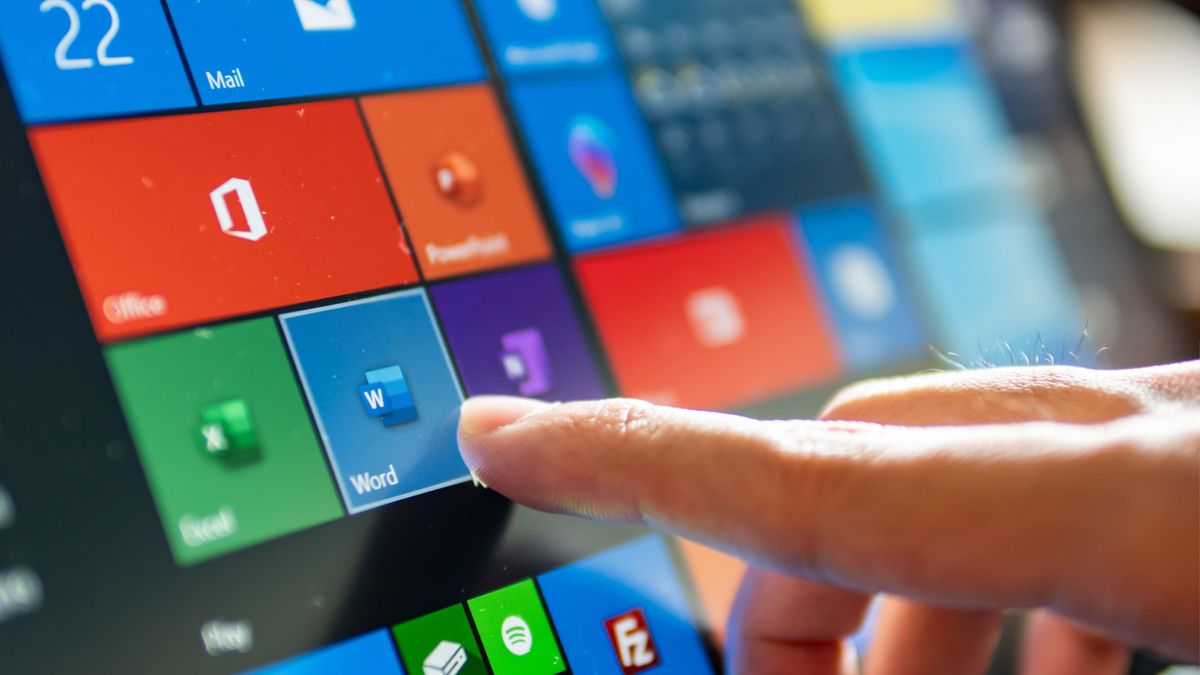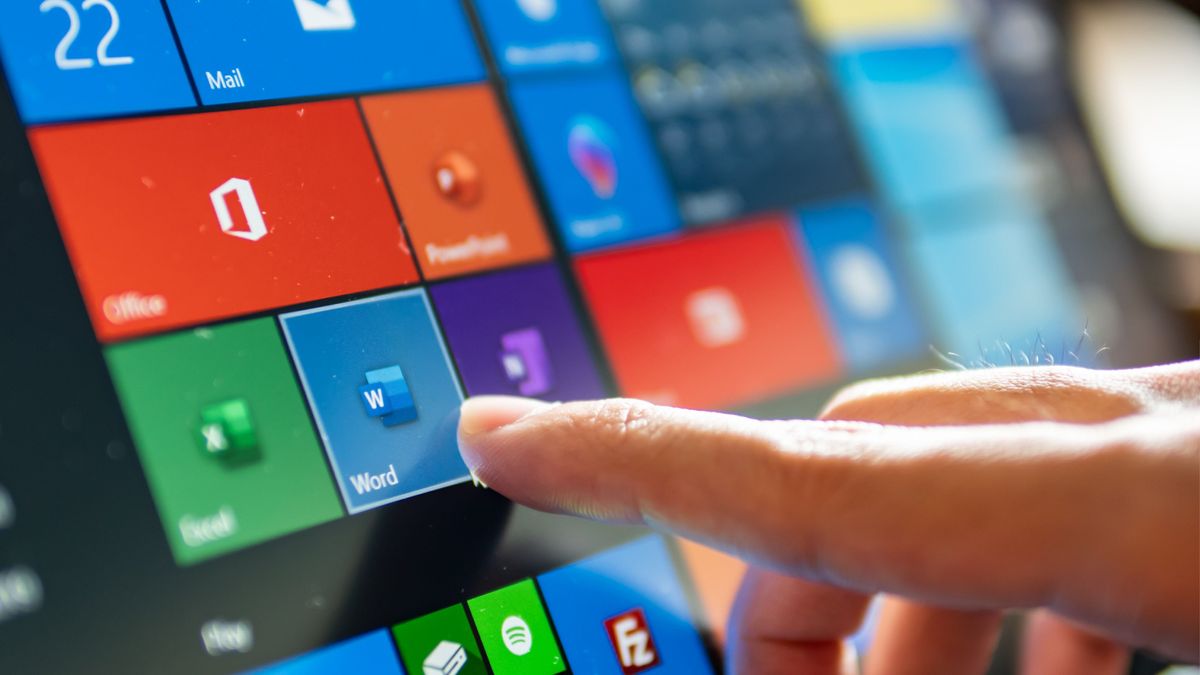
PC gamers, it’s time to bring in the new year by finally retiring that old Windows OS. Valve announced in an official blog post that Steam would no longer support Windows 7, 8, and 8.1 after January 1, 2024.
According to the official Steam blog post, after that date current Steam Client installations on those named operating systems will no longer be receiving any updates, including security updates. Steam will also no longer offer technical support or be able to guarantee Steam functionality after that date.
According to the latest Steam hardware survey, only about 0.89% of Steam users still have Windows 7, 8, and 8.1 installed, which is around the same amount as those with Nvidia RTX 4090 graphics cards. Not an insignificant amount considering that there are 31 million online Steam users, but it’s still a rather small population so the dropped support makes sense on that front.
Valve recommended users update their OS as “core features in Steam rely on an embedded version of Google Chrome” and that “future versions of Steam will require Windows feature and security updates only present in Windows 10 and above.” The post also cites general security risks involved in keeping these operating systems installed without proper security updates to address them. This is sound advice considering that Microsoft ended support for Windows 7 in 2020 and Windows 8.1 in 2023.
Microsoft ending OS support could spell disaster
Windows 7, 8, and 8.1 aren’t the only ones that have gotten the boot from Microsoft, as the tech giant is planning on ending support for Windows 10 in 2025.
Not only is this putting a significant amount of users out of an unsupported OS but, as analyst firm Canalys puts it, could cause an environmental disaster. This is due to the current laptops running Windows 10 that don’t fit the hardware requirements for Windows 11, which means that those laptops would most likely not be recycled. That’s an estimated 240 million PCs becoming e-waste.
Users will have the option to pay for prolonged support, like with Windows 7 before it, but that only extended the lifespan by three years and each year saw rising costs for paying users.
It remains to be seen how Microsoft will handle this potential catastrophe, especially since in recent years the corporation has seemed to become more proactive in terms of sustainable and easily repaired hardware, as well as other environmental issues.
You might also like
Services Marketplace – Listings, Bookings & Reviews
